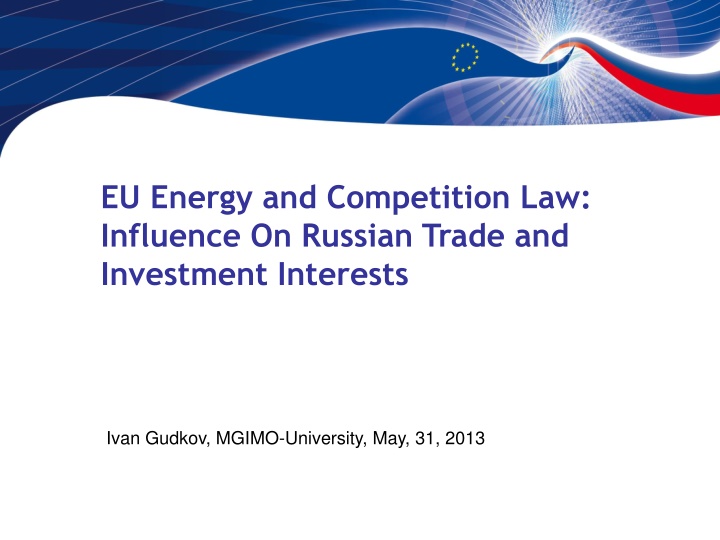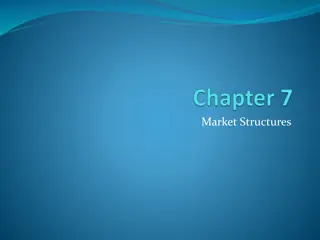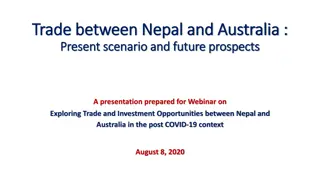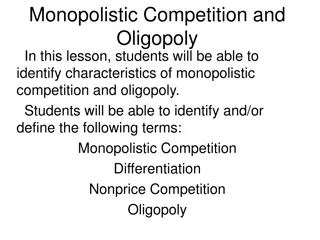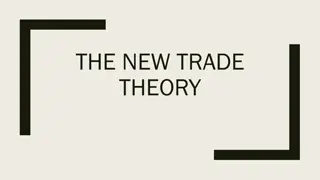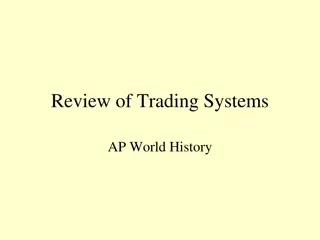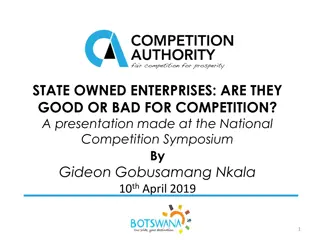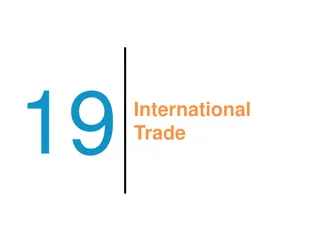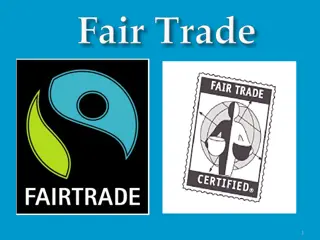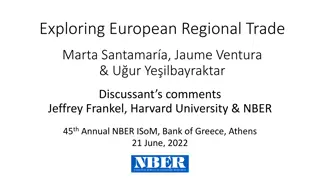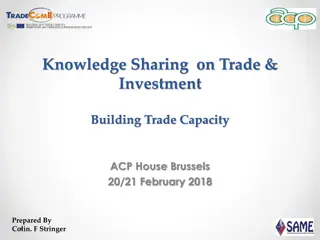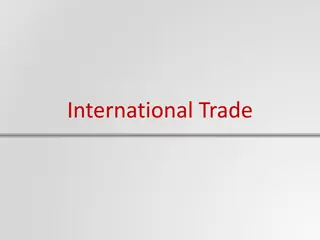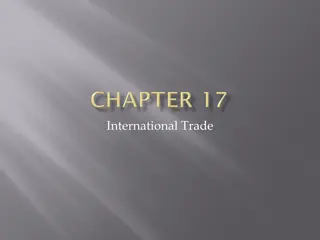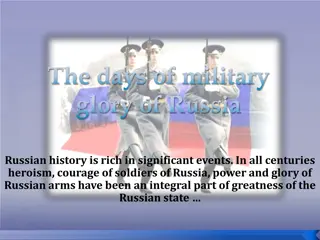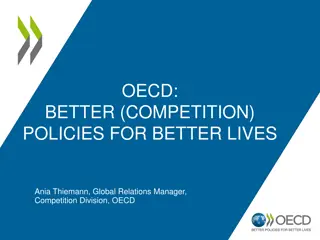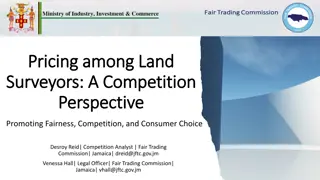Influence of EU Energy and Competition Law on Russian Trade
The influence of EU energy and competition law on Russian trade and investment interests is examined, highlighting regulatory challenges, the need for mutually agreed rules, and the complexity of EU-Russia energy relations. The text discusses existing agreements, challenges, and strategies to cope with regulatory issues in the energy sector.
Download Presentation

Please find below an Image/Link to download the presentation.
The content on the website is provided AS IS for your information and personal use only. It may not be sold, licensed, or shared on other websites without obtaining consent from the author.If you encounter any issues during the download, it is possible that the publisher has removed the file from their server.
You are allowed to download the files provided on this website for personal or commercial use, subject to the condition that they are used lawfully. All files are the property of their respective owners.
The content on the website is provided AS IS for your information and personal use only. It may not be sold, licensed, or shared on other websites without obtaining consent from the author.
E N D
Presentation Transcript
EU Energy and Competition Law: Influence On Russian Trade and Investment Interests Ivan Gudkov, MGIMO-University, May, 31, 2013
EU-Russia Energy Relations Generally Interdependent but complex because linked to fixed infrastructure which cross borders: between different political and legal systems between holders of different economic interests between a sovereign state and international organization with evolving distribution of external competences
Need for Mutually Agreed Set of Rules ECT (still unbalanced, under modernization, Russia is outside) PCA (not energy-specific, out-dated, has to be replaced) NBA (incl. energy chapter , work in slow progress since 2007) Convention on International Energy Security (work in slow progress since 2010) Agreement on Cross-Border Energy Infrastructure (work in slow progress since 2011) Road Map 2050 agreed on March 2013 (but does not set rules)
Why no Feasible Progress so Far? EU: - Agreement possible only on the basis of EU rules ( Energy Community model ); - EU Council mandate is needed for each and every stage of external action. Russia: - Energy Community model not acceptable because rules shall be mutually elaborated rather than imposed by the partner; - Easier to agree with separate Member States.
What Trade and Investment Regime Fits Security of Supply and Demand? Fair allocation of risks Regulatory certainty Attractive rate of return on investments Possibility of resource-holders to invest Non-discriminatory approach
What are Main Regulatory Challenges? Intent to change agreed risk-allocation in favor of one party Threat to existing investments New entry barriers Lack of clarity for future investments Unequal treatment
How to Cope with Regulatory Challenges? Comply with existing international agreements (ECJ decision f 15.09.2011 in Commission v. Slovakia , C-264/09) in light of established practice and political assurances (including Joint EU- Russia Statement of May,2004). Follow non-interference principle when law enforcement affects vital interests of third states (e.g. Commission decision in case Eastern Aluminium, 1984). Recognize need for specific treatment of upstream market (principle of sovereignty over natural resources and scarcity rent). Respect wish of producing countries to maintain traditional upstream gas supply contracts with oil-indexation (GESF Doha Declaration of 15.11.2011). Use consultations rather than formal procedures in upstream relations with third countries.
Conclusion: Way Forward 1. Intelligent solutions need to be found in a spirit of strategic cooperation and mutual benefit. 2. Maximum: agreement on a set of binding rules realistically acceptable for both sides to avoid conflict of laws and ensure predictability of EU-Russia energy relations. 3. Minimum: cautious investor-friendly and non-politicized application of EU energy rules to upstream market relations involving third countries with a transition period to adapt to changing environment.
